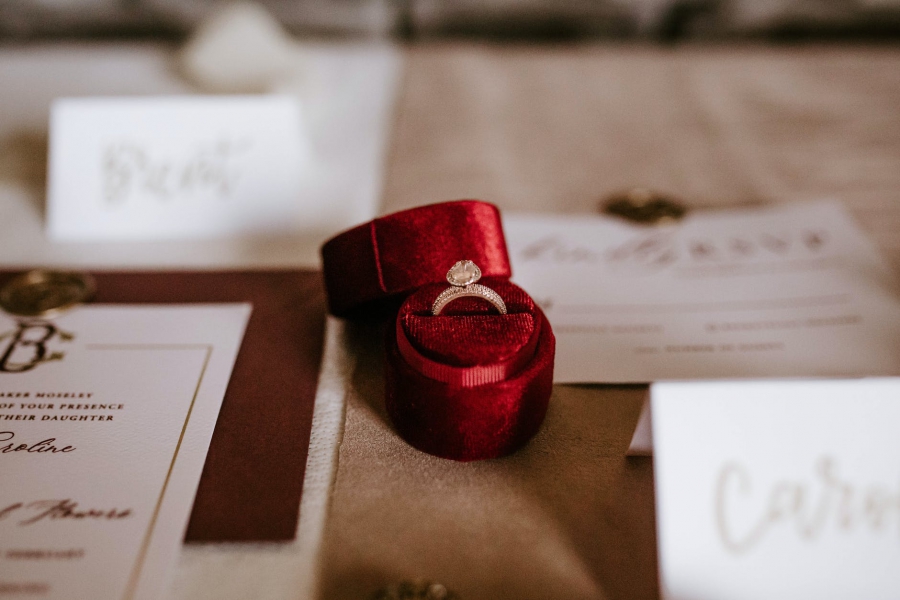MILLENNIALS LOVE SHOPPING FOR JEWELRY
Gen Z also!

Global consumer markets such as China, India, and the U.S. are steadily recovering from the COVID-19 pandemic. Luxury shoppers are now showing greater optimism, and consumer sentiment has seen a significant recovery across the board, including precious platinum jewelry.
Platinum Guild International (PGI) interviewed 2.000 consumers from those three countries who have bought or were planning to buy precious jewelry.
The survey indicated that millennials and Generation Z are more willing to spend on precious jewelry during Q3 compared to the previous quarter. They plan to maintain their current spending on precious jewelry.
Platinum receives more attention among younger consumers in multiple markets. Chinese women expressed an uptick in their preference for platinum wedding bands and engagement rings. Meanwhile, in the U.S., the preference for platinum engagement rings among women aged 18-30 and 31-45 also rose to the highest levels in recent years.
'Millennials and Gen Z consumers are the driving force of future jewelry purchases'

Younger consumers, such as millennials and Gen Z, are projected to be the driving force in the precious jewelry market. Not only because they are the core consumers for bridal jewelry, according to the survey, more consumers aged 18-45 have plans to buy non-bridal precious jewelry in the next quarter and within the next year, either for themselves or for a gift.
"The third-quarter consumer survey shows a stronger willingness of consumers across three major markets to spend on precious jewelry, especially when pieces are associated with an emotional connection," said PGI Global Corporate Marketing Director Zhenzhen Liu.
Millennials and Gen Z consumers, who are leading the future market growth, have given more attention to platinum to express their value and celebrate special moments and cherished relationships. This creates an exciting opportunity for the jewelry industry to seize.
'But can millennials afford the jewelry they want?'
According to De Beers Group, even though 54 percent of millennials consider giving jewelry as a gift for their couples or relatives, 59 percent can't afford the jewelry they want to buy. They can't comfortably make that purchase on a single paycheck but are open to the idea of paying later. This new payment method makes jewelry more accessible to them.

That is why 69 percent of millennials prefer to shop at a jewelry retailer that offers interest-free financing and are nearly five times more likely to shop at a jewelry retailer that offers interest-free financing than one that doesn't. About 73 percent of millennial jewelry buyers would choose interest-free installments over a 5 percent discount.
One thing is for sure — millennials are more averse to credit card debt and more open to alternative payment methods than their forebears. Consequently, financing options can be a huge motivator, one that also helps jewelry brands retain brand and pricing integrity by acting as an alternative to traditional discounts.
Millennials are not so different from past generations — when it comes to jewelry, they still want that perfect balance of quality, design, and price. Any brand that can offer that will have an advantage, but to reach millennials, one still needs to keep up with the modern approach they have come to expect. If you had grown up with smartphones and social media, you'd probably expect the same.
'Selling jewelry to younger people is difficult' — says who?
Selling jewelry to millennials and Gen Z can be challenging, but it's hardly an impossible task. The jewelry industry is predicted to grow, at least for the next two years ahead, which means the momentum is there — one just needs the right approach.

First and foremost, one needs to learn their taste and their priorities. According to De Beers' Diamond Insight Report in 2018, millennials and Gen Z tend to want to create a stable family and nurture their commitment with their closest people, such as their parents, more often in a creative manner.
That finding indicates that the jewelry industry has the opportunity to influence these segments by invoking images and offering options that might inspire them to appreciate the value and uniqueness of gemstones to show their love. These may include personalization, informality, and fun. For example, young brides want to have a say in the design of their jewelry pieces, so let them have control in the process of their creation.
And that is the solution that may get your foot on the door. You can't go wrong with showing the right gemstone to the right person — in this case, millennials and Gen Z — and letting them have it on their own terms. Explore their interests, preference, and purchasing behavior, and offer them payment options that work best for them. Do these steps right, and you'll be selling gems to those segments in no time. Good luck!
#THE S MEDIA #Media Milenial #millennials shop jewelry


























